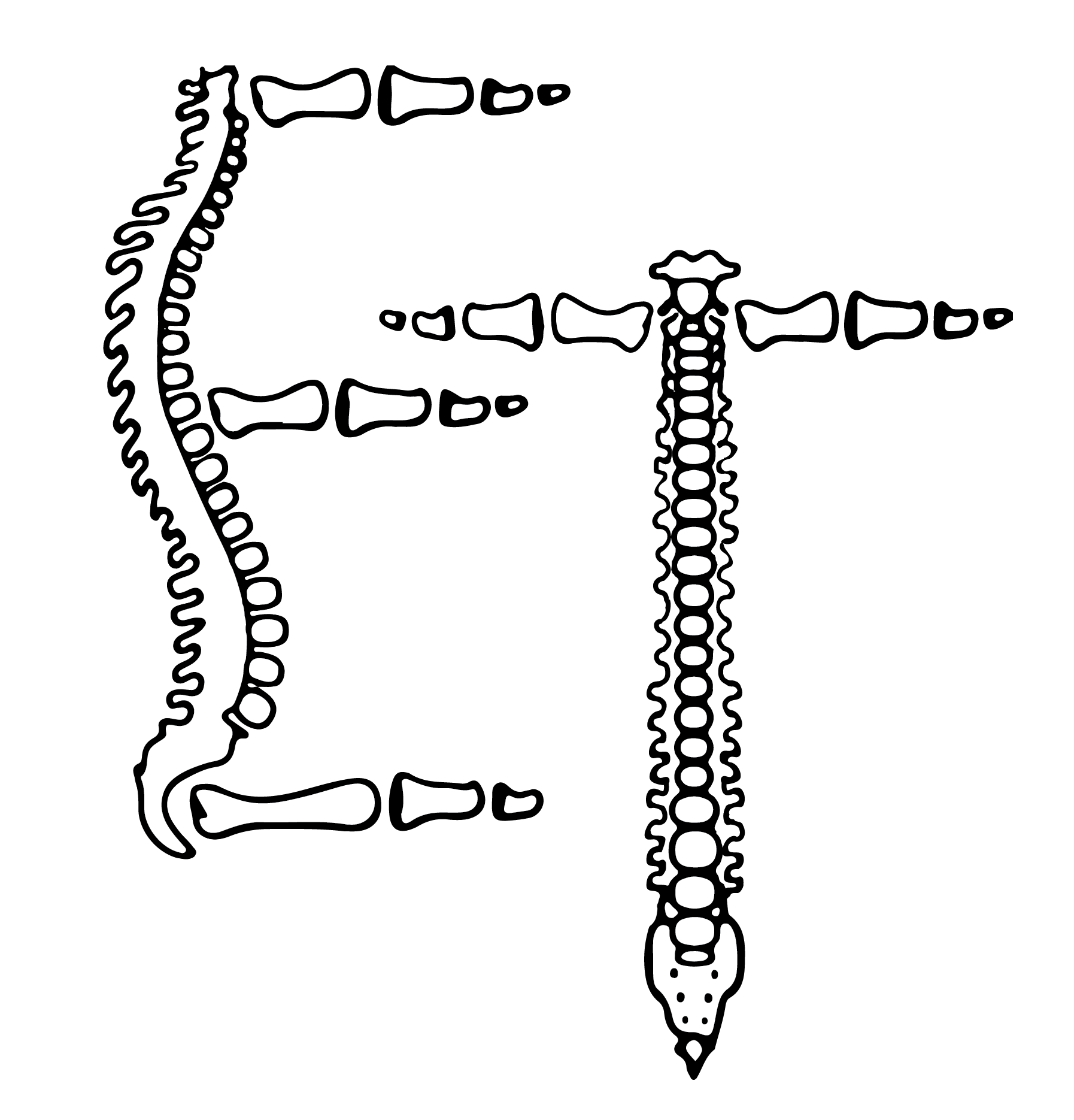A chiropractic adjustment, also known as spinal manipulation, is the primary chiropractic treatment method for many spinal issues.
What is an adjustment?
Most Americans have vertebrae in their spine that are misaligned simply from day to day activities like poor posture, incorrect sleeping positions or stress. Other times, more extreme trauma like falls or auto accidents may cause this to happen.
By manually manipulating the spine, our chiropractors can help relieve pressure on joints, reducing inflammation and improving nerve function. This process improves many conditions other than obvious spinal pain such as allergies, digestive concerns, anxiety, and headaches.
How does it work?
Your chiropractor will use their hands, or sometimes, an instrument, to specifically adjust the misaligned vertebrae or joint back into its proper place.
When vertebrae shift out of place, there is an overall systemic response from the muscular system (tight and painful muscles) to the central nervous system (pinching of a nerve). Chiropractic care can be very helpful in restoring this natural, and much needed, flow of energy throughout our body so that our nerves, immune system, and minds can work at their very best.
Additional Treatment Options
X-Rays
X-rays are often taken on patients to give the doctor an inside look at what is going on with the bone structure of the entire spine and surrounding skeletal structure.
This will help your chiropractor to know exactly where there is inflammation, a misalignment, or an overall curve correction needed and how to move forward with treatment options.
Therapeutic Exercise
Therapeutic exercises are effective exercises meant for correcting specific problems. Depending on your condition and issues, your chiropractor may give you a list of exercises (at home or at your office visit) to perform that reduce discomfort and help the healing process. The focus of therapeutic exercise is to regain flexibility, strength, balance, and endurance related to specific physical problems.
Custom Foot Orthotics
Orthotics are a great way to help with issues related to walking and alignment, including knee, foot, and lower back pain. They can help to realign the bones in the foot and ankle, and take stress off other parts of the body, such as the back, neck, shoulders, and hips.
Custom foot orthotics cushion your feet, provide comfort, support your arches, and evenly distribute your body weight to eliminate pressure on your feet. Orthotics can help anyone with discomfort relating to walking, or imbalances in the body that are known to cause related pain.
Electrical Muscle Stimulation
Electrical muscle stimulation (EMS) is a treatment method being used to reduce pain, swelling, and recovery time. This increasingly popular treatment works well for soft tissue injuries, muscle spasms, and even for athletes who want quicker recovery from workouts.
This treatment is performed here in our office, and usually only takes a few minutes. Electrodes are placed on the skin over the affected area, and the machine is turned on. An electrical current is then transmitted into the soft tissue or muscle. This electrical current causes the muscles to experience very small but quick contractions. Many patients enjoy the sensation.
Traction
There are two main types of chiropractic traction: manual and mechanical. The choice of traction depends on the amount of force necessary to provide a sufficient weight and pressure distraction.
With manual traction, the chiropractor applies gentle manual pressure and tension (i.e., traction) to the patient’s limbs and head to stretch the muscles and skeleton, and can even use the patient’s own weight to provide additional traction, a technique known as inversion therapy.
Traction may be helpful for reducing or relieving the constant pressure that certain muscle groups and parts of the skeleton endure, either from normal day-to-day living or from injury and disease.








